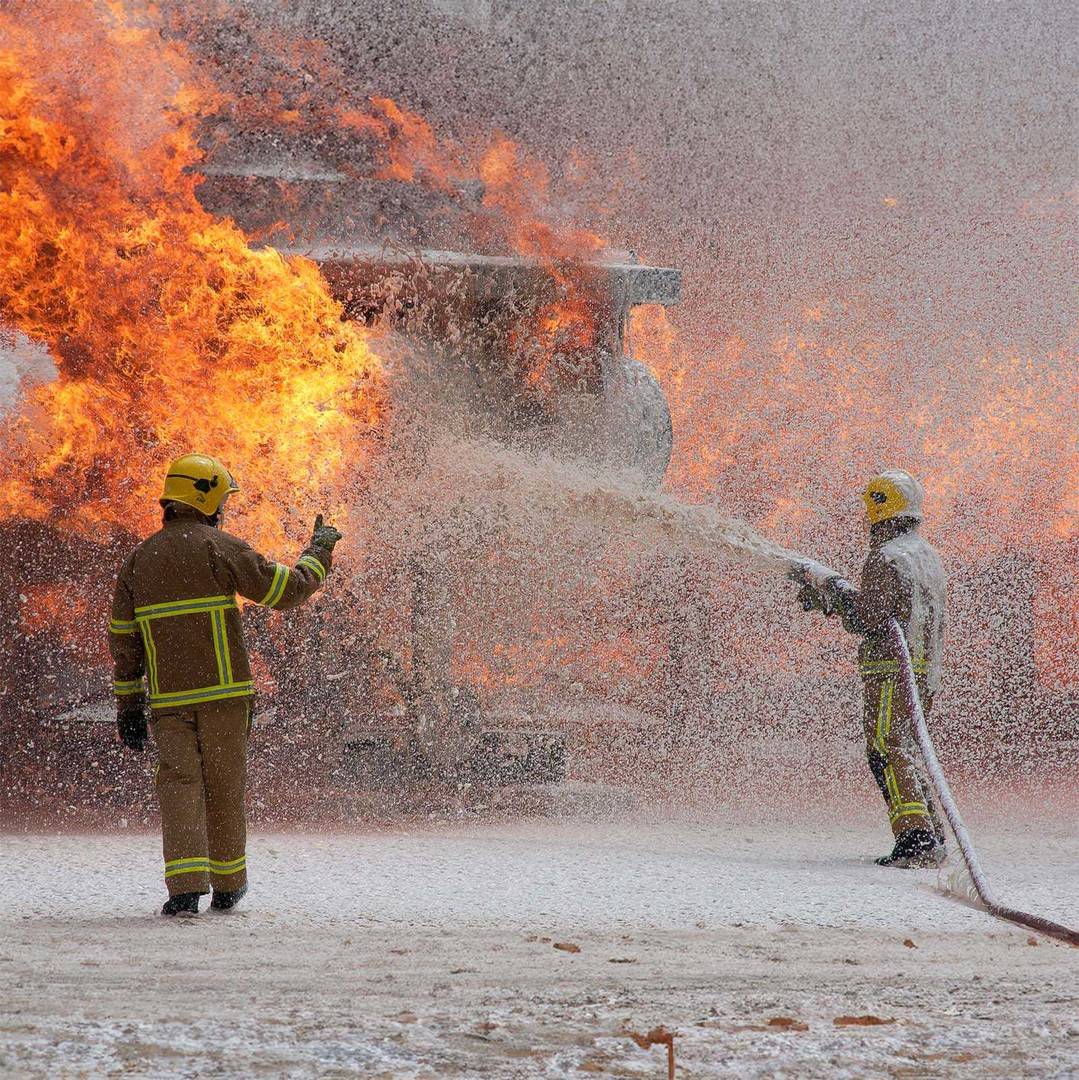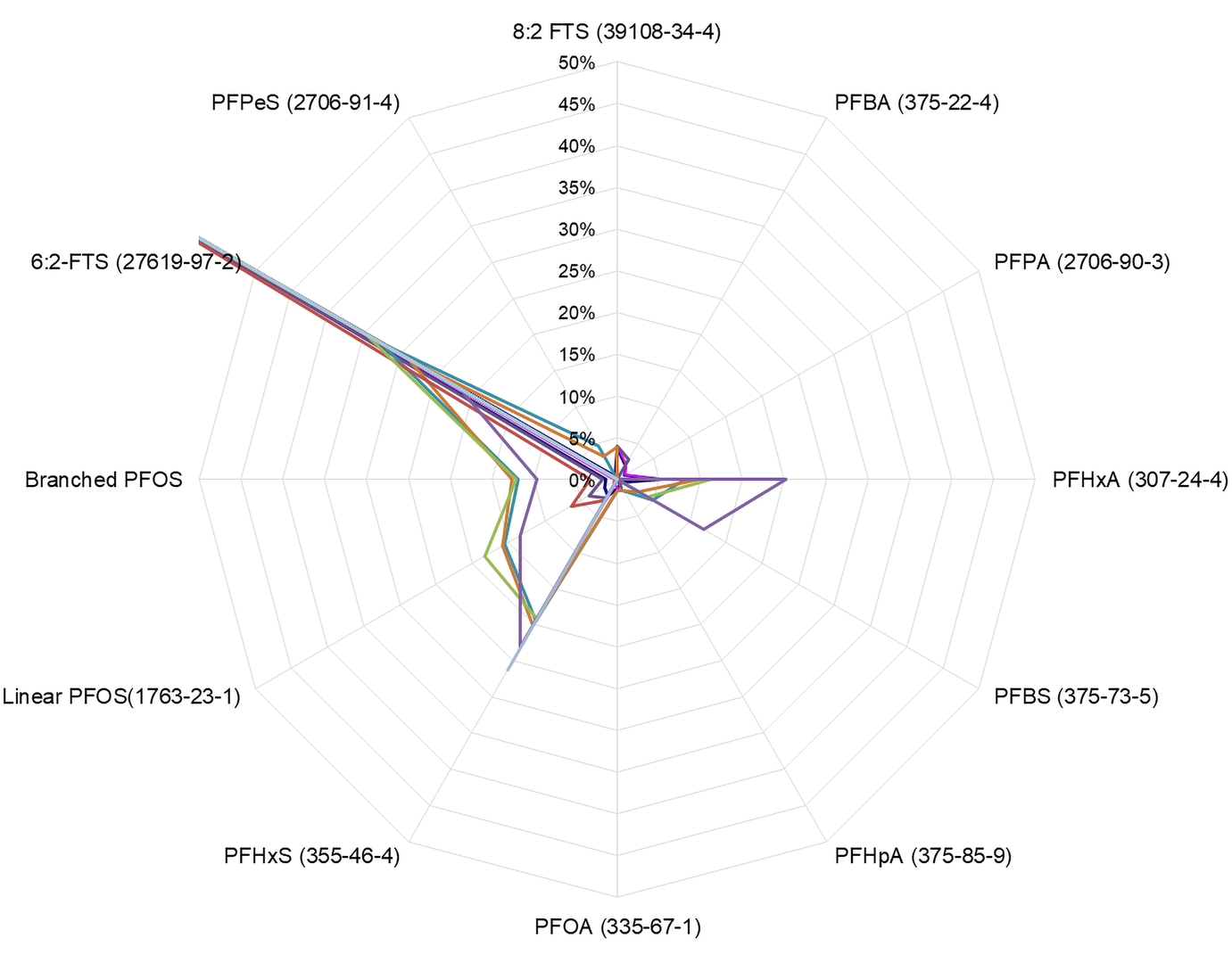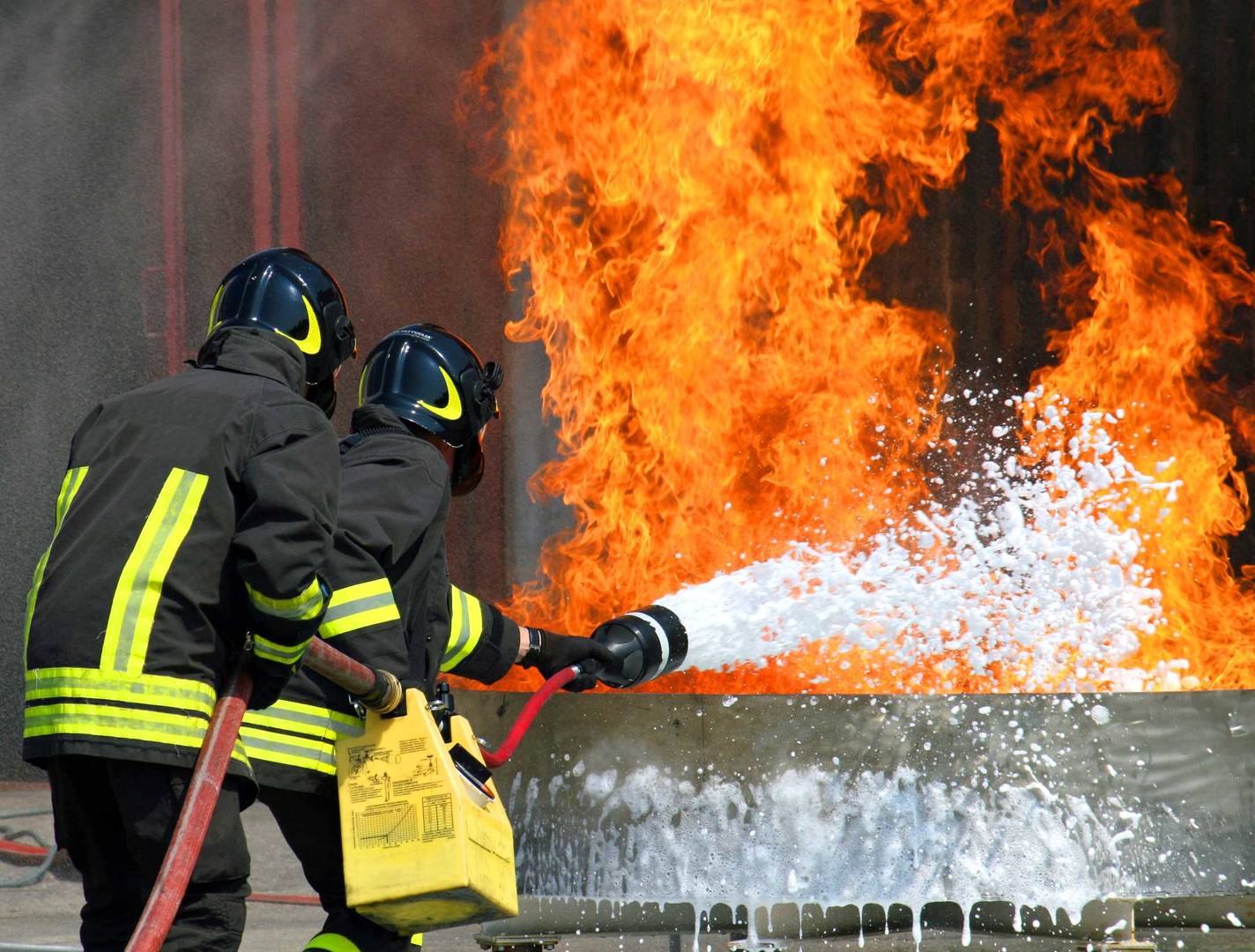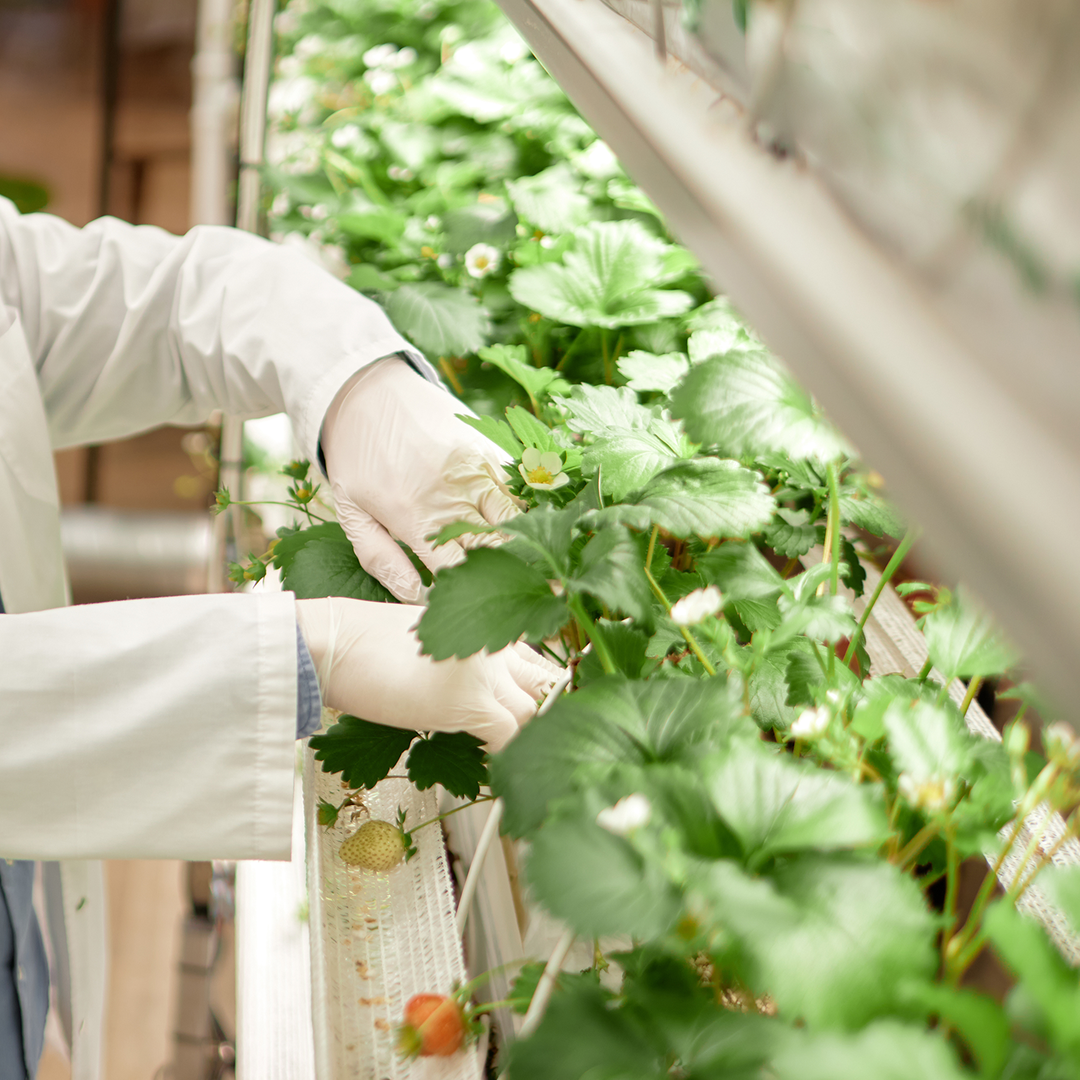EnviroMail 33 USA
Concrete Impacted by PFAS at Fire Training Areas
Key Uncertainties in Risk Assessment through the Latest Sampling and Analytical Methods

Introduction
Per- and polyfluoroalkyl substances (PFAS) can readily penetrate concrete pads at fire training areas. Concrete can act as a long-term source of contamination (Baduel, 2015, Dauchy, 2019, Thai, 2022, Phong, 2023, Williams 2023). These sites were subject to historic and repeated application of Aqueous Film Forming Foam (AFFF). PFAS can partition into concrete which is relatively porous and also self-assemble on surfaces. Understanding the surface and vertical distribution of PFAS in AFFF-impacted concrete is important for assessing the risk and informing potential remediation strategies.
PFAS comprise a very broad group of over seven million persistent synthetic chemicals (Schymanski, 2023). Our understanding of the presence, toxicity and potential effects of this group of contaminants continues to advance. Focus has been on soil and groundwater impacts in source zones. By contrast, much less attention has been paid to concrete as a secondary source of PFAS contamination (Douglas 2023). This remains a key source of uncertainty in Conceptual Site Models (CSM).
AFFF in the environment typically forms complex mixtures of many individual PFAS which is influenced by the use of different foam formulations over time (Barzen-Hanson, 2017). Interactions with constituents within the concrete and the presence of co-contaminants also introduces further complications in assessing PFAS fate and transport (Williams, 2023).
|
Key Points
|
Site Investigation
Cores of concrete were collected at locations of previous AFFF application. Representative samples were collected from 0-30 mm by drilling the surface. Cores of 100 mm diameter and up to 300 mm length were cut and crushed at discrete intervals to determine the depth of PFAS penetration within the concrete. The drilling technique, sampling methodology and laboratory preparation procedures minimised the potential for cross-contamination. The sub-samples were extracted with subsequent analysis carried out by Liquid Chromatography coupled with tandem Mass Spectrometry (LC-MS/MS).
Vertical Profile and PFAS Composition
The highest concentrations of PFAS were found to be 6:2 fluorotelomer sulfonate (6:2 FTS), perfluorohexanoic acid (PFHxA) and perfluorohexane sulfonate (PFHxS) and perfluorooctane sulfonic acid (PFOS). Further information is provided in Figure 1. The vertical profiles of PFAS within the different concrete cores are similar despite the anticipated heterogeneous nature of the concrete matrix. The majority of the PFAS mass was detected in the upper sections of the core. Much reduced PFAS concentrations were determined at depth.

Figure 1 PFAS composition in slabs
| PFAS (CAS Number) | Number of samples tested (n) | No. of samples containing specific PFAS | % of samples containing specific PFAS |
|---|---|---|---|
| 6:2 FTS (27619-97-2) | 26 | 17 | 65% |
| PFHxA (307-24-4) | 26 | 11 | 42% |
| PFHxS (355-46-4) | 26 | 9 | 35% |
| Linear PFOS (1763-23-1) | 26 | 9 | 35% |
| Branched PFOS | 26 | 8 | 31% |
| PFBS (375-73-5) | 26 | 5 | 19% |
| PFHpA (375-85-9) | 26 | 5 | 19% |
| 8:2 FTS (39108-34-4) | 24a | 4 | 17% |
| PFOA (335-67-1) | 26 | 3 | 12% |
| PFPeS (2706-91-4) | 26 | 3 | 12% |
| PFBA (375-22-4) | 26 | 2 | 8% |
| PFPeA (2706-90-3) | 26 | 2 | 8% |
Conclusions
Consideration of concrete as a potential secondary source of contamination is required when developing a reliable and robust CSM for sites with fire training areas or those that have experienced AFFF discharge to ground. The need for appropriate sampling and analytical methods is a prerequisite to assess risks. This study highlighted the need to target near surface contamination. 6:2 FTS, PFHxA, PFHxS and PFOS were determined at highest concentrations. Initial leaching testing were carried out. Further investigation is required to determine the potential for mass release during rainfall events.
|
Key Points
|
Past research has highlighted:
- The possibility of a wicking effect where PFAS in the sub-surface can be brought to the surface for release during the next surface water run-off event (Phong 2022).
- Advective flow of water, diffusion and back-diffusion and/or air/water partitioning and sorption/desorption may be important transport mechanisms.
To partner with ALS for your PFAS in concrete needs, contact us for more details or to request sampling supplies.
References
Dauchy, X., Boiteux, V., Colin, A., Bach, C., Rosin, C., Munoz, J.F., 2019. Poly- and perfluoroalkyl substances in runoff water and wastewater sampled at a firefighter training area. Arch. Environ. Contam. Toxicol. 76 (2), 206–215.
Thai, P. K.; McDonough, J. T.; Key, T. A.; Thompson, J.; Prasad, P.; Porman, S.; Mueller, J. F. Release of perfluoroalkyl substances from AFFF-impacted concrete in a firefighting training ground (FTG) under repeated rainfall simulations. Journal of Hazardous Materials Letters 2022, 3, 100050.
Phong H.N., Li.Y., Key T.A., Porman S., Thapalia A., McDonough J.T., Forsenza S., Barnes C.M., Mueller J.F., Thai P.K (2023) Distribution and release of PFAS from AFFF-impacted asphalt: How does it compare to concrete?
Phong H., N., VO.Hamilton B.R., Wepf R.A., Key,T.A., Hong Nguyen., Thomas K., Muller J.F. Visualization of the Distribution of PFOS and PFHxS in Concrete by DESI MSI Environmental Science & Technology Letters 2023 10 (5), 446-451
Williams M., Douglas G., Du Jun, Kirby J., Kookanna R., Pengelly J., Watson G., Bowles K., Davis G. (2023) Quantification of the variability and penetration of per and poly-fluoroalkyl substances through a concrete pad. Chemosphere 333 (2023) 138903.
Schymanski S., Zhang J., Thissen P.A., Chirsir P., Kondic T., Bolton E (2023) Per- and Polyfluoroalkyl Substances (PFAS) in PubChem: 7 Million and Growing. Environ Sci Technol; 75(44): 16918-16928.
Douglas G.B., Vanderzalm J.L., Williams M., Kirby J.K., Bastow T.P., Baur M., Bowles K.C., Skuse D., Davies G.B. (2023) PFAS contaminated asphalt and concrete – knowledge gaps and future research and management. Sci. Tot. Env 887 164025.
Barzen-Hanson, K.A., et al., 2017. Discovery of 40 Classes of Per- and Polyfluoroalkyl Substances in Historical Aqueous Film-Forming Foams (AFFFs) and AFFF-Impacted Groundwater. Environ Sci Technol, 51(4): p. 2047-2057.























































